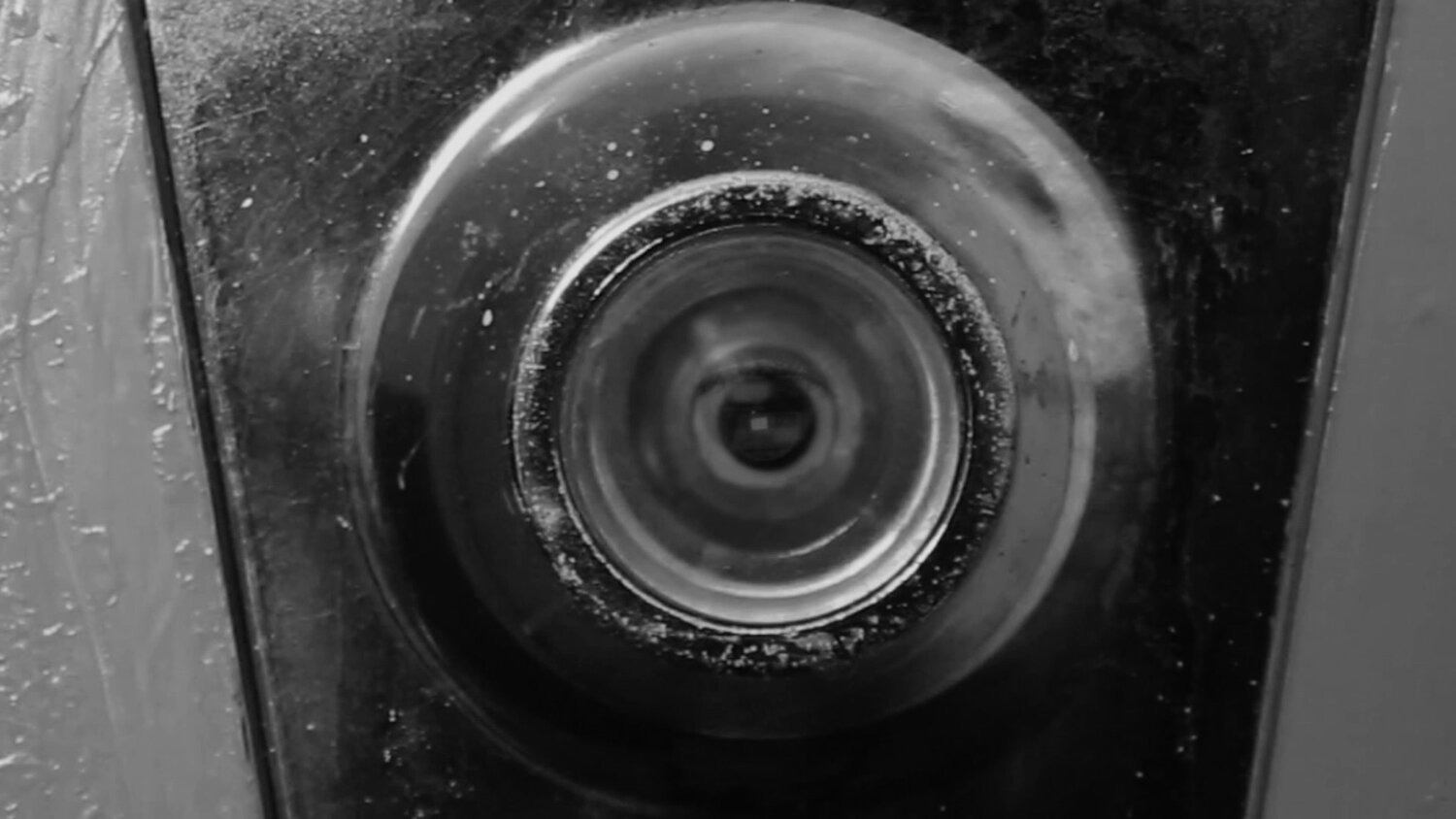D A V I D T O T H
writer/director/editor
Born in Hungary, David moved to the U.S. at the age of 13. As a filmmaker, he has written many feature screenplays and short film scripts, most of which he also directed. His latest short film, Blood Brothers has had a 4.5 star rating on amazon prime video. As a writer, he has published several short stories and, a novel and a stage play which debuted at the Hudson Guild Theater in February 2020. He teaches Film & Digital Media in a New York City charter high school. For more info: www.jktoth.com
Director’s Statement
An internal struggle, like mental illness, is difficult to portray on film. We can show its manifestations, but as "normal" outside observers we have the privilege of maintaining a safe distance. Encountering a sufferer of mental illness on the street as they lash out at unseen forces, we can quicken our pace and avoid eye contact. Thus, we protect our own “sanity”.
Pity, by and large, is safer than empathy, which often leads to identification, a far messier emotion. As I was pondering this, I happened to see the iconic footage of the moon landing. The immortal words "One small step for man..." echoed through my computer speakers in their garbled intensity.
Small step, or giant leap, it’s all in the mind of the person facing it. To an astronaut, taking a step millions of miles away from Earth probably feels beyond the realm of the ordinary. To an agoraphobe, crossing the threshold of the apartment, maybe even more so.
Could I show the journey of a man, who is trying to stretch the boundaries of his affliction, in a way that doesn't let the audience off the hook? There’s a huge difference between the sentiments “Thank God that’s not me,” and “My God, that could be me.” I was aiming for the latter and tried to show not just what such a condition looks like, but what it could feel like.
Obviously, the pandemic, which led to our world becoming smaller and smaller until they were confined to the walls of our apartment was on my mind, as well. Still, I didn’t want to provide an easy answer for my hero’s affliction--fearing a virus is reasonable, fearing the whole world, incomprehensible.
B I L L L O E R C H Director of Photography
A native New Yorker, Bill has been following his passion for filmmaking for fifteen years. Working on both sides of the lens, he has lensed many unique documentaries including Harlem 4 Obama, Fit to Print and Rocky Flats, as well as numerous narrative shorts and music videos. This is his second collaboration with David Toth; the first was the short film Blood Brothers, which debuted at the Anthology Film Archives and played at several festivals around the world in 2016.
“For Fear of Open Spaces, the challenge was to light the hallway both “realistically”, and other times as the outcropping of an agoraphobe’s anxious imagination, where the blacks are really black and where the shadows are hiding something. It’s the kind of lighting that, unless you’re doing a black and white film noir, is not usually called for. Thus, it was kind of a throwback exercise and a lot of fun.”
K A S E R E E S E
Musical Score
Kase continues his foray into film scoring with a deep dive into the cerebral. What began on the score to Blood Brothers, has intensified and focused. His signature blend of trip hop with overtones of vaporwave and grunge comes to fruition, creating something warm and analog. A marriage of cold dystopian future, with glowing human nostalgia.
“This was a story about a moment of rebirth. At its core, there is hope. Although buried in grit, that theme sits at the core of all the music for this film.”
To listen to a zoom conversation between David Toth and Kase Reese about the inspiration for the Fear of Open Spaces score, click here: What's the score?



